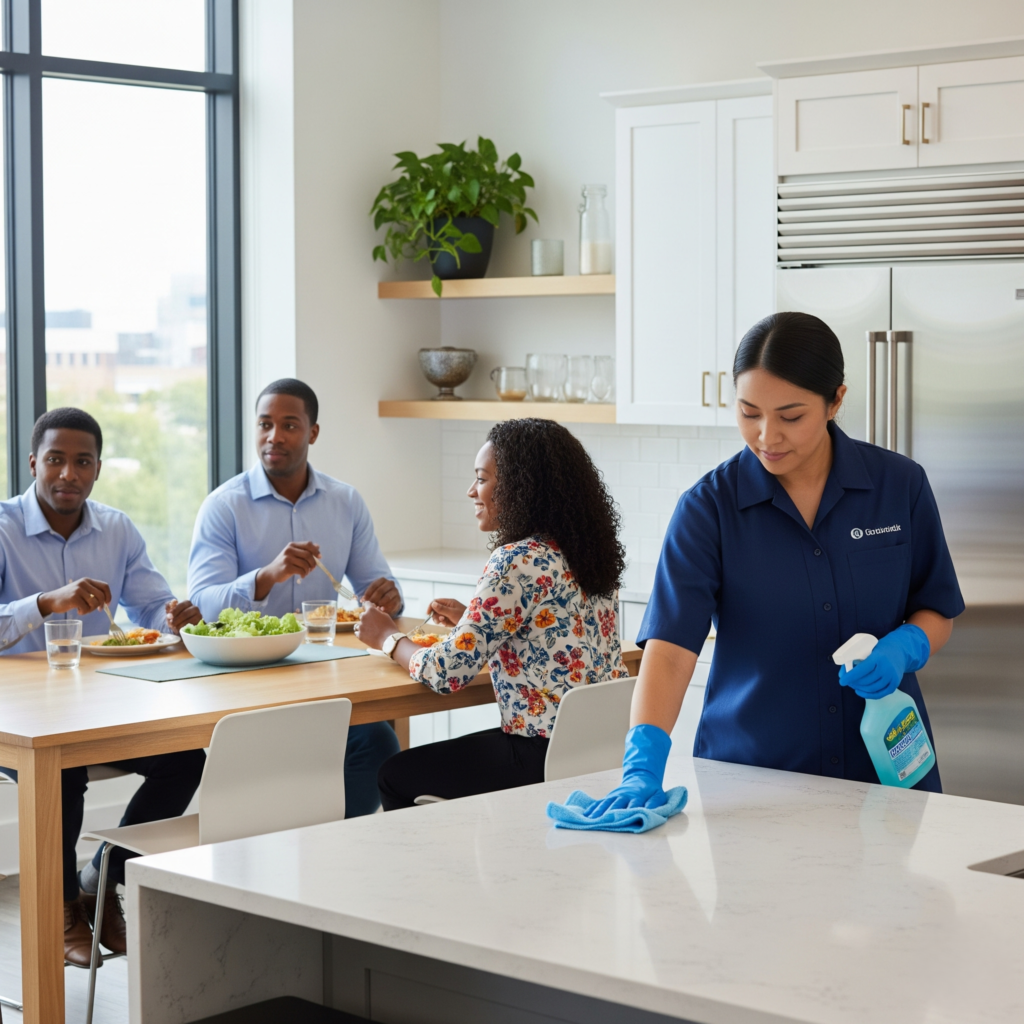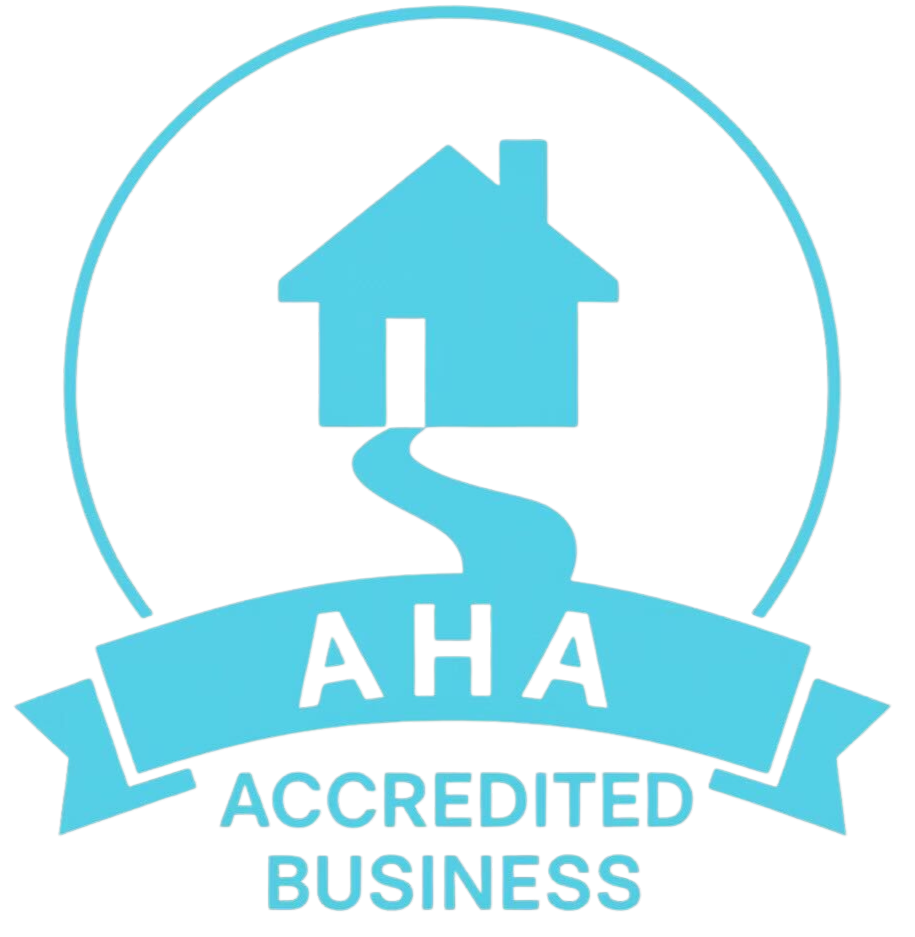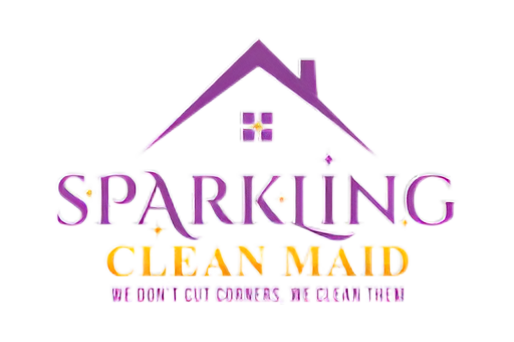Introduction
Properly timed office cleaning can make a huge difference to day‑to‑day operations. Schedule it too early, and the staff arrive to find chaos. Too late, and employees are interrupted mid‑workflow. This guide explains how to choose the best time of day to schedule office cleaning so you minimize disruption, maintain productivity, and keep your workspace pristine.
Why Timing Matters in Office Cleaning
- Efficiency: Cleaners work faster without staff present.
- Productivity: Employees aren’t distracted or moved.
- Health & Safety: Cleaner environments with minimal exposure to chemicals.
- Impression: Clients visiting during peak hours see clean, organized spaces.
Option 1: After-Hours (Evenings or Late Night)
Advantages
- No staff disruption, cleaners can move quickly.
- Ideal for deep cleaning (floors, carpets, bathrooms).
- Minimizes chemical exposure during work hours.
Considerations
- Requires reliable access arrangements.
- Ideal for businesses with strict access control.
- It may come at an extra cost if cleaners work overtime.
Option 2: Early Morning Before Work Hours
Advantages
- Employees enter a freshly cleaned space.
- No after-hours security complexities.
- Great for light, daily tasks: wiping surfaces, emptying bins, resetting break rooms.
Considerations
- Limited time window before the staff arrive.
- Not ideal for noisy tasks like vacuuming or floor stripping.
Option 3: Midday or Lunch Hour Touch-Ups
Advantages
- Quick spot cleaning without entering before/after office hours.
- Perfect for high‑traffic areas like kitchens, restrooms, or conference rooms.
- Staff may tolerate brief cleaning if well-coordinated.
Considerations
- Interrupts staff using shared spaces.
- Distracting if vacuuming or moving heavy equipment.

Option 4: Weekend Cleaning
Advantages
- Full access with no staff present.
- Time for major tasks: carpet cleaning, waxing, painting.
- Often more cost-effective if the facility is closed.
Considerations
- Not feasible for businesses open on weekends.
- Staff may need weekend access for projects or events.
Which Option Is Best for You?
Choose based on:
| Office Type | Best Cleaning Time | Why |
|---|---|---|
| Corporate Offices | After-hours or early AM | Staff-free environment, minimal disruption |
| Retail / Customer-facing | Early morning | Clean before customers arrive |
| Co-working Spaces | Lunch-hour touch-ups | Clean shared areas when occupancy dips |
| Industrial or Warehouses | Late night or weekend | Enough time for heavy-duty cleaning |
Tips to Coordinate Cleaning Smoothly
- Communicate schedules clearly to all staff.
- Use Do Not Disturb signage during cleaning in shared areas.
- Coordinate quiet-zone cleaning (offices/meeting rooms) during light staff hours.
- Choose green, low-odor products if cleaning during business hours.
- Track usage patterns to avoid cleaning the busiest areas during peak times.
Health & Productivity Impact
- Proper timing avoids spraying odors during working hours.
- Clean air filters, restrooms, and break rooms reduce sick days.
- Consistent cleaning builds employee confidence in workplace hygiene.
When to Use Professional Office Cleaning Services
Professionals offer flexibility and expertise in optimizing cleaning schedules for your business:
- Use shift teams for rotational coverage.
- Access after-hours or weekend services easily.
- Provide deeper cleanings (e.g., upholstery or duct cleaning) with minimal disruption.
Conclusion
Choosing the right time of day to clean your office is about balancing efficiency, employee comfort, and cleaning quality.
- For deep cleaning, after-hours or weekends are best.
- For daily upkeep, early morning works well.
- And for quick midday touch-ups, lunch hours are ideal.
Thoughtful scheduling leads to a cleaner, healthier, and more productive office, and one fewer disruption for your team.






